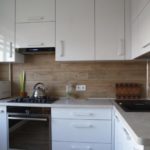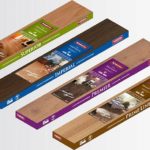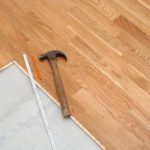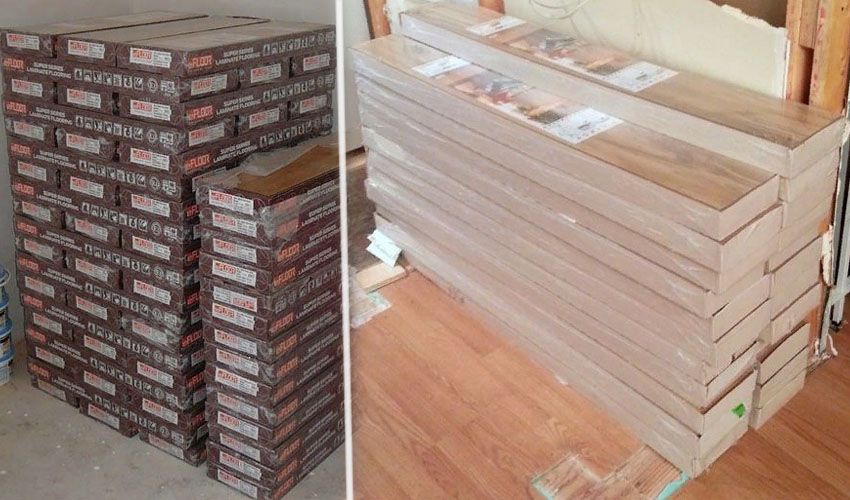Which laminate is better to choose for the kitchen?
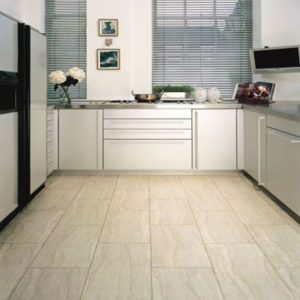 Laminate flooring is a fairly common option when decorating a modern interior. However, this material does not “like” water, and in the kitchen, as a rule, there is often water and dirt on the floor. Sometimes plates and mugs fall to the floor, breaking into pieces. Given this feature of the kitchen, the choice of laminate should be taken seriously.
Laminate flooring is a fairly common option when decorating a modern interior. However, this material does not “like” water, and in the kitchen, as a rule, there is often water and dirt on the floor. Sometimes plates and mugs fall to the floor, breaking into pieces. Given this feature of the kitchen, the choice of laminate should be taken seriously.
The content of the article
Which class of laminate to choose for the kitchen
The ideal laminate for the kitchen is moisture resistant. It should also be wear-resistant, not afraid of scratches and mechanical damage. The flooring in the kitchen is subject to significant stress, since the person preparing food is constantly on the move. The lamellas must have sufficient strength; close attention should be paid to the quality of the decorative layer.
The requirement for moisture resistance is due to frequent wet cleaning. Housewives who love cleanliness wash the floor after every meal preparation. In addition, flooding in the kitchen by neighbors above is not excluded, and the inhabitants of the house themselves may spill something on the covering. You should not buy white laminate, on which any dirt is clearly visible, if you are not prepared to wash the floors daily.
Laminate classes
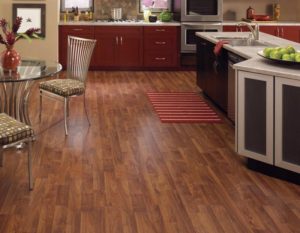 Even experienced designers are sometimes surprised by the variety of laminate series. On the market of finishing materials today there are lamellas that imitate:
Even experienced designers are sometimes surprised by the variety of laminate series. On the market of finishing materials today there are lamellas that imitate:
- wood texture;
- parquet;
- ceramic tiles;
- marble;
- leather and fabrics.
However, the series differ from each other not only in color and pattern, but also in the degree of gloss (glossy, matte, rough), wear resistance class and moisture resistance.
By moisture resistance
According to the degree of moisture absorption, laminate is divided into three categories:
- Ordinary - absorbs condensate and moisture in an amount of 8-16% of its volume. Installation of such a coating is carried out on a base treated with waterproofing compounds or covered with a polymer membrane.
- Moisture resistant – moisture absorption volume is 2-8%. The top polymer layer of the boards is able to protect the lower layers from getting wet for some time. Here, all joints and locks are treated with water-repellent wax.
- Waterproof - the best option for the kitchen. Even when flooded with water, this coating will absorb no more than 2% moisture.
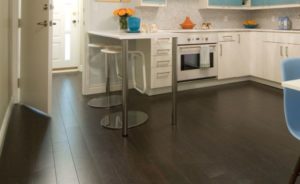 The water resistance of the laminate is ensured by a special manufacturing technology. The slabs are pressed using highly professional equipment under high pressure, after which they are treated with heated wax. The top layer is a polymer film, which a priori does not allow moisture to pass through. The finished planks are treated with an antiseptic compound that prevents the development of mold and mildew.
The water resistance of the laminate is ensured by a special manufacturing technology. The slabs are pressed using highly professional equipment under high pressure, after which they are treated with heated wax. The top layer is a polymer film, which a priori does not allow moisture to pass through. The finished planks are treated with an antiseptic compound that prevents the development of mold and mildew.
Other advantages of moisture-resistant laminate:
- resistance to temperature changes;
- high impact resistance;
- anti-slip effect;
- antistatic properties;
- aesthetic appeal.
Attention! The water resistance of laminate does not mean that it can be safely filled with water. This characteristic indicates the permissibility of using the coating in a room with high humidity, which is the kitchen.
Wear resistance classification
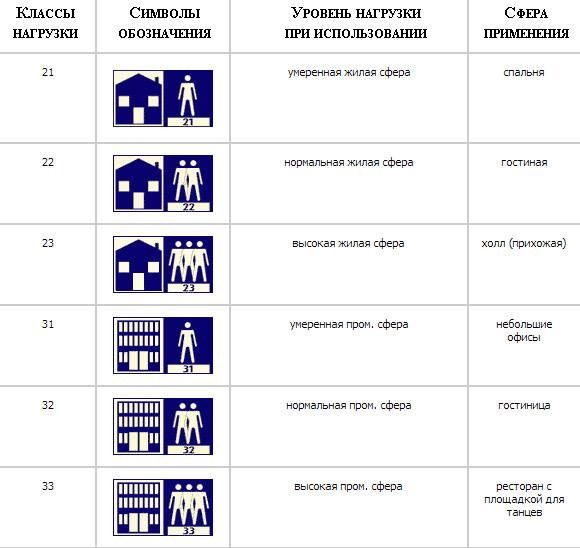
The strength and durability of the laminate depend on the thickness of the panels. Series with plank thicknesses of 9 mm or more are the most wear-resistant, and the coating can withstand significant loads. This laminate is expensive, but it is ideal for the kitchen.
The wear-resistant coating is marked with the numbers 32 and 33. Even more reliable are the class 34 series, which under normal conditions (without catastrophic flooding or fire) will last 15-20 years. However, for installation in the kitchen, material of the first two classes is quite suitable, the cost of which is lower than laminate marking 34. Panels of classes 32 and 33 are similar in structure to a multi-layer cake.
Composition of layers, starting from the bottom:
- stabilizing base;
- high-strength fiberboard (HDF) with interlocking joint;
- moisture-resistant polymer film;
- decorative design applied to paper impregnated with a moisture-resistant composition;
- polyurethane or acrylic film.
Important! Unlike standard laminate (up to class 32), wear-resistant laminate is made not from chips, but from wood with solid fibers.
Which one is better to choose for the kitchen?
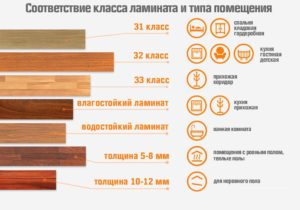
When purchasing laminate flooring, the type of lock is of great importance. Panels without locks are simply glued to the base, but they are not recommended for the kitchen. There are two main types of locking connections – Click and Lock. Other locks are proprietary technologies of specific companies and are therefore less popular.
For the kitchen, it is better to choose a covering with a Click lock, which, unlike a simple Lock, is considered more reliable. Slats with the Click system are easy to install and more practical to use. The coating turns out to be aesthetically pleasing, whereas when using a material with a Lock connection, cracks often appear between the boards, into which moisture and dirt get in over time.
Rules for choosing a laminate
It is better to avoid buying cheap laminate of unidentified production. If your budget does not allow you to spend money on branded material, you should either wait until better times or be content with commercial linoleum.
Series with a bevel look more attractive, but this is not an option for the kitchen. Today, a coating with an optical bevel is available that looks realistic and does not create difficulties during cleaning. The safest from a toxicological point of view is a laminate marked E0 and E1, which contains no formaldehyde resins at all or is present in minimal quantities.
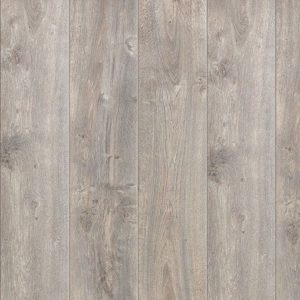 Some manufacturers equip their products with a noise-absorbing layer (Sound Protect), the thickness of which is 1-2 mm. This material does not require the use of a substrate and has good shock absorption. If there is no soundproofing layer in the panels, an underlay must be laid on the subfloor. The kitchen substrate, like laminate, must be moisture resistant. It is better to give preference to foamed polymer materials.
Some manufacturers equip their products with a noise-absorbing layer (Sound Protect), the thickness of which is 1-2 mm. This material does not require the use of a substrate and has good shock absorption. If there is no soundproofing layer in the panels, an underlay must be laid on the subfloor. The kitchen substrate, like laminate, must be moisture resistant. It is better to give preference to foamed polymer materials.
REFERENCE! For the kitchen, laminate with a rough structure is preferable. The structured surface minimizes the risk of slipping and injury, even with spilled water. However, material with a pronounced relief is difficult to wash. Choose something in between.
To avoid making mistakes when choosing a waterproof coating, carefully study the packaging. On waterproof series, the manufacturer writes the word “Aqua” and applies an image of an umbrella or a drop of water. When purchasing a moisture-resistant coating, you need to check the quality of impregnation of the locks. If the joints are not impregnated, but only covered with wax on top, they are very smooth. You can easily scrape off such impregnation with a fingernail or a sharp object.Wax, deeply absorbed into the structure of the material, cannot be scraped off; in this case, the impregnation is of high quality.
Laminate flooring is cheaper than 500 rubles per m2 cannot be of high quality, even if it says that it was made in Europe. This is more of a commercial ploy than the truth. European brands offer their products no cheaper than 1,300 rubles per m2, and everything that is lower in price is produced in domestic factories or imported from China. Products from Russian factories operating on European equipment and using imported raw materials are affordable, but at the same time are of good quality.

